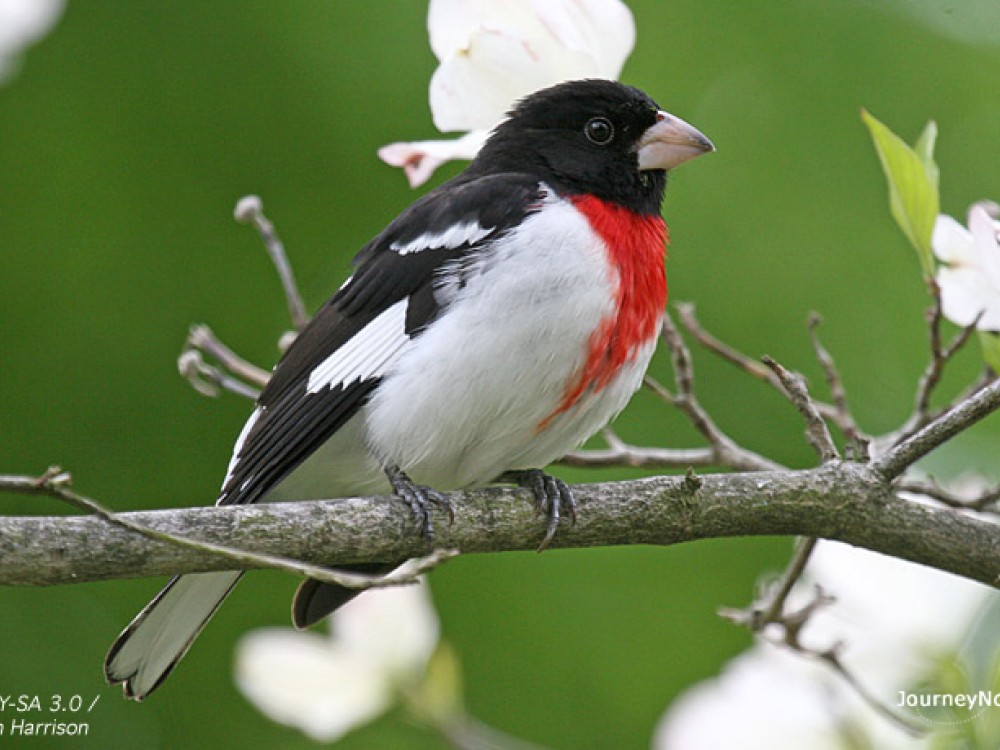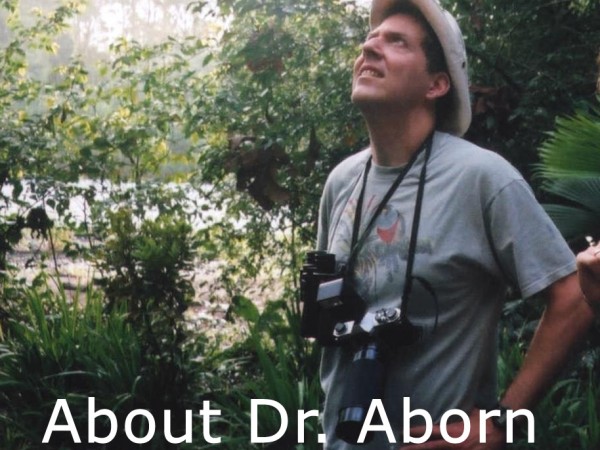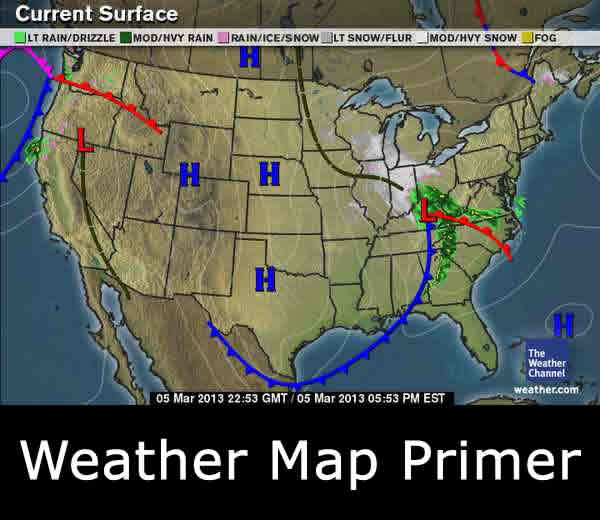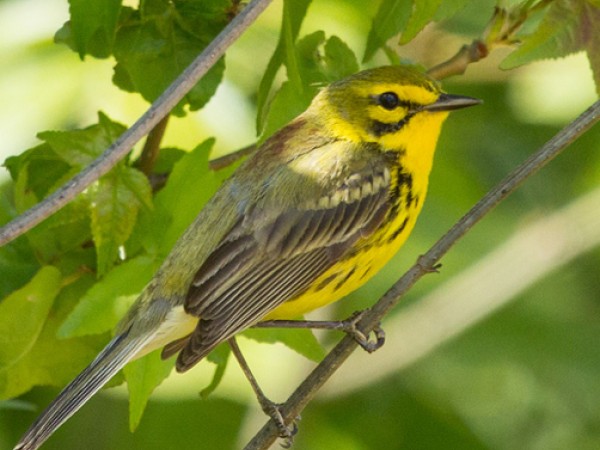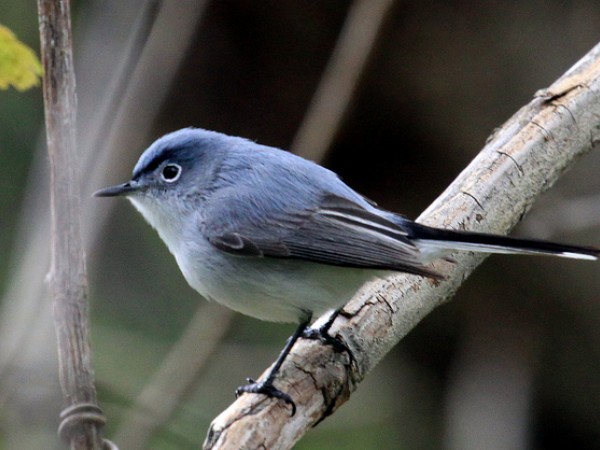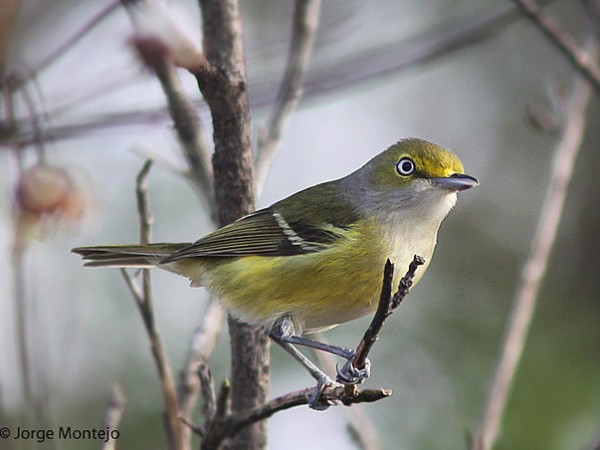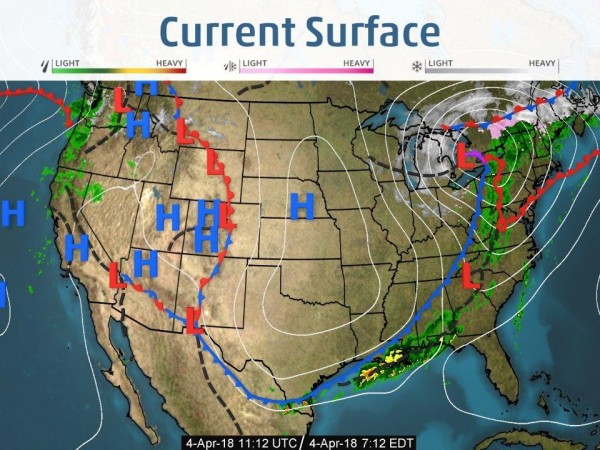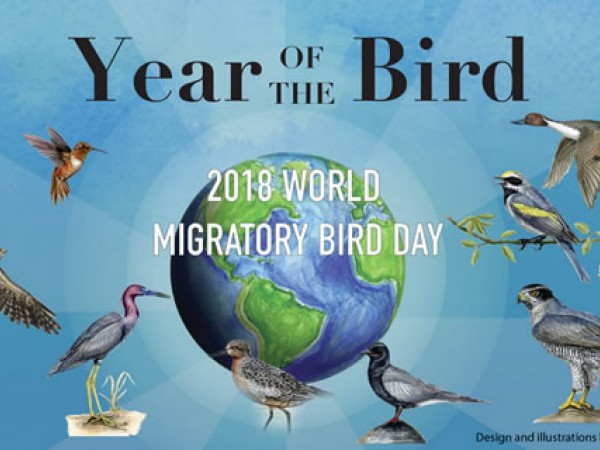Songbirds Advance, Fallout in Sight?
Migrants advanced near the Great Lakes, new species brightened the mid-south and southeast states, and hopes are high for improving weather-- and a fallout?
Weather and Songbird Migration News: April 4, 2018
Dear Journey North,
Migration advanced this last week with arrival reports in two Great Lakes states, and fresh new species in the mid-south and southeast. Weather did slow things (again), but hopes are now high for improving weather . . . and maybe even a fallout!
Fresh Arrivals and Advances
The first Prairie Warblers, Ovenbirds, and Rose-breasted Grosbeaks showed up in Georgia, and a few Louisiana Waterthrushes managed to get as far as Ohio and Indiana. And here in Tennessee, I saw my first White-eyed Vireo and Blue-gray Gnatcatcher of the season.
These were welcome highlights in a week that was otherwise another quiet one for migration. As I mentioned last week, a front was coming in off of the Pacific, and that front developed into a strong one; big storms ahead of it and strong north winds behind it. The front is affecting my area of Tennessee now, because we were in the 80’s yesterday, but we are only going to be in the 50’s today, and there is a freeze warning tonight!. The result has been that this slow moving front has kept a lot of birds from migrating, so there weren’t as many reports this week.
But all that could change at any moment . . read on!
Forecasting a "Fallout" This Week?
I was expecting a lot of activity along the Gulf after this front passed by, but there have been no such reports yet. Hopefully that means the Gulf observers are too busy right now seeing lots of migrants and will report back to me soon! We are far enough into spring migration that I am expecting to get reports of a fallout along the Gulf coast today.
What is a Fallout?
Many birds cross the Gulf of Mexico during migration, which is an 18-hour non-stop flight. When these birds reach the Gulf Coast, they are exhausted. And if they encounter rain or headwinds, it makes flying even more difficult, so they quickly land in very large numbers -- hence the term "fallout", because it seems like birds are falling out of the sky. Birders always look for fallouts because they can see large numbers of a wide variety of species. I have seen fallouts myself, and they are quite spectacular! Stay tuned . . .
Future Flight Plan
So what about the coming week? Well, it looks pretty good. Aside from the front that I expect to bring a fallout today and tomorrow, the weather looks good for flying. You can see that there are clear skies over most of the country, and out west, the winds are from the south, so there should be more arrivals. As that high pressure progresses eastward, wind will shift to the south in the middle of the country by the end of the week, and the same will happen for the eastern U.S. by the weekend. Hopefully I will have lots to report about next week!
Year of the Bird -- Citizen Science
Birding is not just a fun hobby, birders can also help out science, by participating in Citizen Science. Since there are many more birders out there than scientists, scientists have developed programs where ordinary people can collect and share data on birds, and those data are then used by scientists to study and manage bird populations.
Such programs include the Christmas Bird Count, the Breeding Bird Survey, Project FeederWatch, and Project NestWatch. These programs have provided a lot of valuable data across the country, and some programs, like the Christmas Bird Count, have expanded into other countries. Look into what programs are available in your area, and see how you might help us scientists out!
David Aborn, Ornithologist
North Chickamauga Creek Conservancy
Chattanooga, TN

